ウー・マーリー 呉 瑪悧 WU Mali
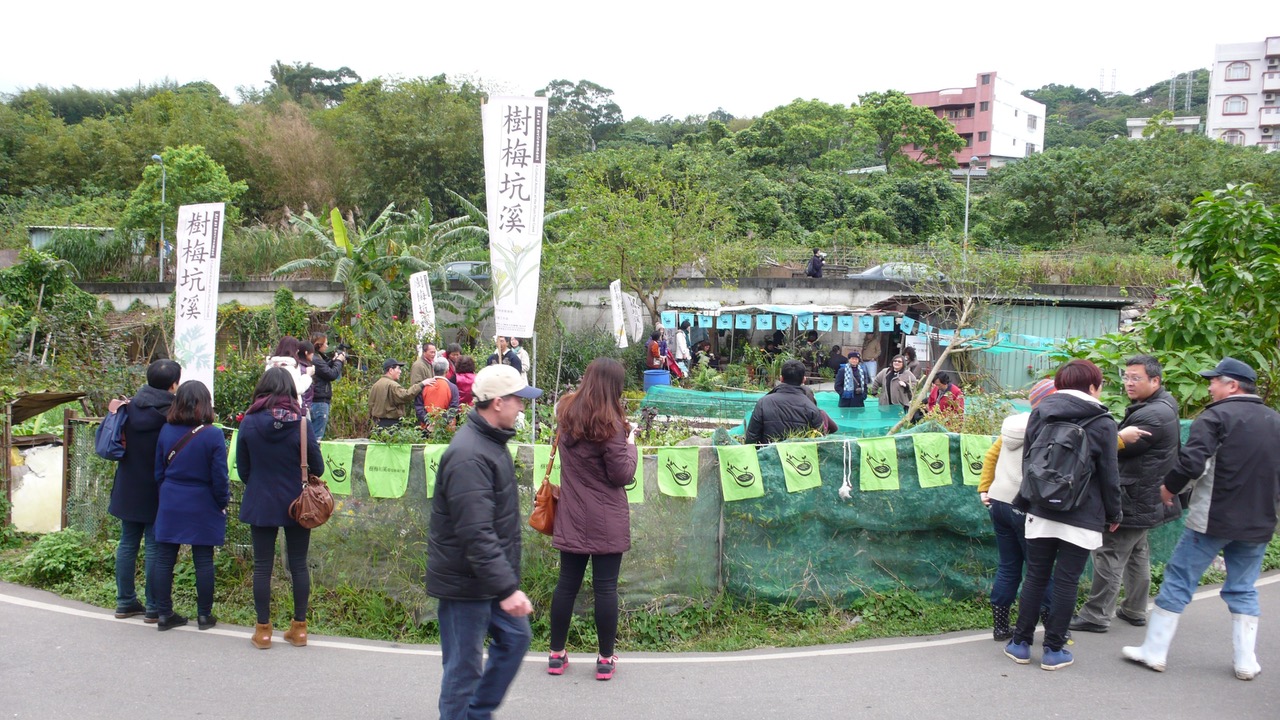
「樹梅坑渓環境芸術行動」新竹市竹圍樹梅坑渓流域、2010年
Trekking the Plum Tree Creek project, Shumeikeng Stream basin in Zhuwei, New Taipei City, 2010
ウー・マーリー 呉 瑪悧
WU Mali
1957年、台湾、台北市生まれ、在住。台北市、高雄市で活動。
木を植える人――ウー・マーリー
張晴文
ウー・マーリー(呉瑪悧)は、1957年に台北で生まれ、1985年にドイツのデュッセルドルフ芸術大学から彫刻のマイスターシューラー(Meisterschüler)を授与された後、台湾に戻った。1980年から現在に至るまで台湾現代アートを牽引してきた彼女の作品には、知識人的公共意識があり、制作時期によって異なる形式を取っている。「アートとは何か」「アートは何のためにあるのか」というアートの本質に関する問いもまた、ウーの実践の中心を形作ってきた。
ウーが1990年より前に製作したインスタレーションの多くは、日常的なオブジェを素材とし、戒厳令解除前の価値観を再構築し、激動する台湾社会に対する応答であった。1990年代以降、ウーは作品をとおして、あらゆる権威に対する批判を行うようになる。社会におけるジェンダーによる抑圧システムや、政党や国家による強権的な支配などを暴くウーのアートは、芸術と社会をめぐって放たれるコンセプチュアルな爆弾のように力に満ちていた。この時期のウーは常に、
1990年代後半から2000年前後にかけて、ウーはアートと社会の関係や、アーティストと体制の関係を重視するようになり、アーティスト個人としての批判的な作品制作から、近年のソーシャリー・エンゲージド・アートへの重要な転換を見せる。この後ウーは、作品においてもキュレーションにおいても、アートをとおして問題を明らかにし、どのように転覆するかついて思考するようになった。ウーは人々と何かをシェアすることや、コミュニケーションを取ることをとおして、それまでとは異なる作品制作の形を発展させていった。2006年以降のウーの作品とキュレーションは、人々の日常生活や、生存の状況により多くの注意を払うようになっていく。こういった生活と結びついた行動型アートは、新しいタイプのパブリックアート、コミュニティ・アート、あるいは対話型作品と呼ばれたりもしたが、そのどれもが自他間の倫理的な公共性の問題に関わっており、実践の鍵となったのは、人々の交流や対話、共同参加などであった。
ウー・マーリーによるこれまでのアートの実践を総体的に振り返るとき、彼女が常にクリアな思考によって行動を導いていること、アートとは何かについて厳しく問うていることがわかる。非常に大掛かりで複雑な現実の構造の再調整を担う、その極めて正確に練られたウーのアート言語は、非常にフレキシブルに、軽やかに、能動的に変化していく。ウー・マーリーのアートをとおして、私たちは「アートとは何か」という問いについて思考し、さらには日常生活の中で、アートと私たち、アートと社会の関係について探究するのである。
(国立清華大学芸術およびデザイン学部助教授)
中文和訳:岩切澪
*これは国立台湾美術館が2020年に刊行した同名のドキュメンタリーのために書かれたテキストを、アーティストと版権保持者である著者の承諾を得て、翻訳・転載したものです。
WU Mali
Born in Taipei, Taiwan, in 1957. Lives and works in Taipei and Kaohsiung, Taiwan.
The Process of Being Us—Wu Mali
Chang Ching-Wen
Born in Taipei in 1957, Wu Mali received a Master Student diploma (or Meisterschüler ) in sculpture from Germany’s Kunstakademie Düsseldorf in 1985. Since returning to Taiwan in the 1980s, Wu has been a forerunner of Taiwanese contemporary art, and her works embody the societal perception of an intellectual, a role in which she has been actively engaged through various art forms and throughout her career. Moreover, the questions regarding the essence of art, specifically What is art? and What is art for?, have consistently formed the core of her artistic practice.
In most of her installation works completed before 1990, Wu used materials from everyday life to respond to the restructuring of values and turmoil in Taiwanese society prior to the lifting of martial law. Then at the start of the 1990s, she shifted to critiquing various forms of power in works which, like a barrage of astonishing conceptual bombs, targeted connections between art and society to expose systemic gender oppression, and the domination of the Nationalist Party and other socio-political structures. In works of this period, Wu used precise formal language to deconstruct social class and bias, thus revealing her concern for a range of social realities. Although this work arose from dissatisfaction with the world, Wu’s observations were neither cynical nor detached, and while at first glance, her critiques may seem elitist, they invariably bear the artist’s personal and delicate emotional responses.
From the late 1990s to the early 2000s, Wu Mali made an important transition from work based on personal critique to socially engaged practice, a change which embodies the core questions of her artistic philosophy: What are the relationships between art and society and what roles does the artist play in institutional structures? Thereafter, in both creation and curation, Wu deployed art to identify problems and consider new possibilities for social change, and based on sharing and communicating, developed a new artistic practice differing from what she had previously done. After 2006, her vision for art making and curation was increasingly focused on the everyday lives and circumstances of the people, and these art actions, whether referred to as new genre public art, community-based art, or dialogic art, were all tied to life and ethical issues arising from exchanges among the people. During this period, interaction, dialog, and community participation all became key elements of her artistic practice.
Overall, the trajectory of Wu Mali’s art practice has been guided by clear critical thinking and hewn closely to a consistent art inquiry. By using precise and elegant art language to reorganize a vast and complex social reality, Wu has created art rich in adaptability and dynamism. Her art calls on us to think more deeply about what art is, as well as encourages us to explore the connections between ourselves, society and art in everyday life. (Assistant Professor, Department of Arts and Design at National Tsing Hua University)
Translated from Chinese by Chih-Wei Chang.
This is an English translation and republishing of the Chinese text written for the documentary of the same name, published by the National Taiwan Museum of Fine Arts in 2020, with the permission of the artist and the author, who holds the copyright.
ウー・マーリーについてもっと知るためのウェブサイト、インタヴュー映像、文献など(日本語、英語、台湾華語)
Further information on Wu Mali – websites, video interviews, documentaries (Japanese, English, Traditional Chinese). 資料提供:岩切澪 Provided by IWAKIRI Mio
■ウェブサイト、映像 website, video interviews, documentaries
本サイトにおけるウー・マーリーのインタビュー(インタビュアー:岩切澪)(日本語)
Interview with Wu Mali https://asianw-art.com/interview/interview-with-wu-mali/
ウー・マーリー、伊通公園(ITパーク)ギャラリーのウェブサイト内アーカイブ(華語・English)https://www.itpark.com.tw/artist/index/13 (随時更新中 Updated on an ongoing basis)
香港のAsia Art Archiveによるインタビュー(2010年)(English)
https://aaa.org.hk/en/like-a-fever/like-a-fever/interview-with-wu-mali/type/conversations%E3%80%80%E3%80%80%E3%80%80
An Interview with Wu Mali by Zheng Bo, FIELD, A Socialy-Engaged Art Criticism, no.3, Winter 2016(English)
https://field-journal.com/wp-content/uploads/2017/01/FIELD-03-WuMali-Interview.pdf
「台北ビエンナーレのキュレーター ウー・マリ氏(Wu Mali)へのインタビュー アート+環境団体+市民を結ぶプラットフォームとしての台北ビエンナーレ 美術館がアクションへの発信基地へ」NPO法人アート&ソサイエティ研究センター、2019年6月30日(日本語)
https://www.art-society.com/report/taipei_biennial2018_interview.html
Wu Mali / Mending the Broken Land with Water, The fourth lecture in the 2021 Sydney Asian Art Series, delivered on 25 October 2021. https://www.youtube.com/watch?v=DTXQzIh4Hrc(English)
「フォトレポート ウー・マーリー:Dàng @ 高雄市立美術館」ART iT、2023年7月9日
https://www.art-it.asia/top/admin_expht/237927/
台湾公共電視によるアート番組「藝術很有事 Inside the Arts」のウー・マーリー特集
https://www.youtube.com/watch?v=joyUThZgOHk (2024年1月5日公開)(台湾華語、英語字幕)
台北市立美術館「狂八〇」展のインタビュー動画(80年代のパフォーマンス、フェミニスト・アートなどについて)2022年(台湾華語、英語字幕)https://youtu.be/uHMoQ5pC9MI?si=CTW6muZvuo-rBLkJ
国立台湾美術館制作によるドキュメンタリー番組「種樹的人-吳瑪悧 The Process of Being Us: Wu Mali」(台湾華語、台湾華語字幕)https://youtu.be/APAch_xwjoc?si=LKhDbwsVTHh_cJtV
■文献 texts
ウー・マーリー文、岩切澪訳「キュラトリアル・アクティヴィズム 台湾の探求と実践」、山田創平編『未来のアートと倫理のために』、左右社、2021年、pp.125-138。(日本語)
『盪-呉瑪悧個展 Dàng – Wu Mali』展覧会図録、高雄市立美術館、2023年(台湾華語/English)
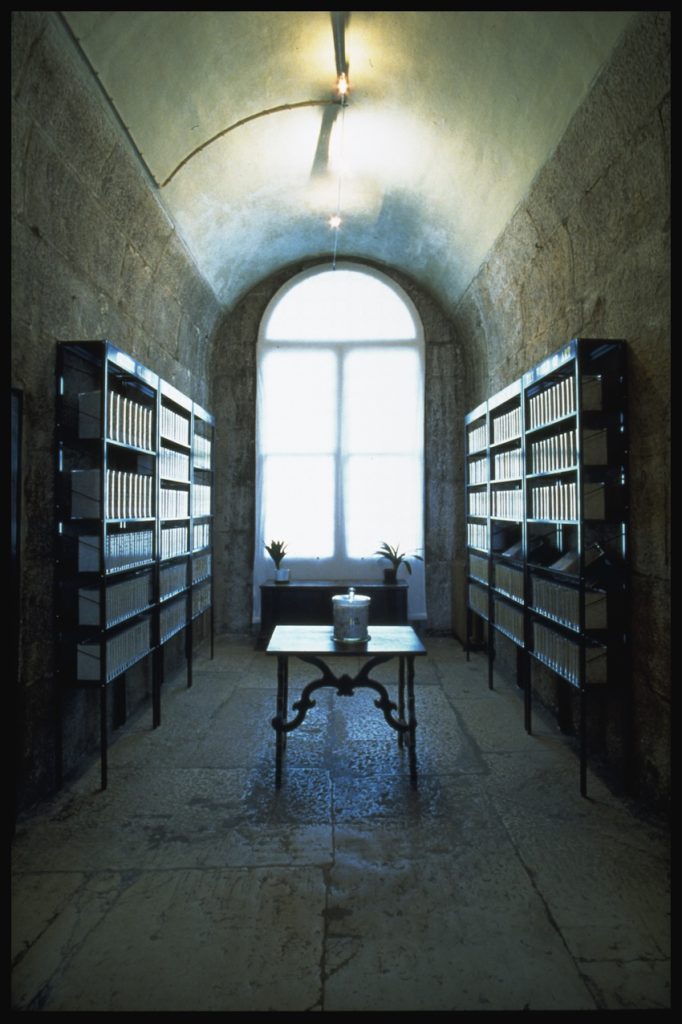
《図書館》1995年、第46回ヴェネツィア・ビエンナーレ 台湾館での展示
The Library, 1995, Taiwan Pavillion at 46th Venice Biennale
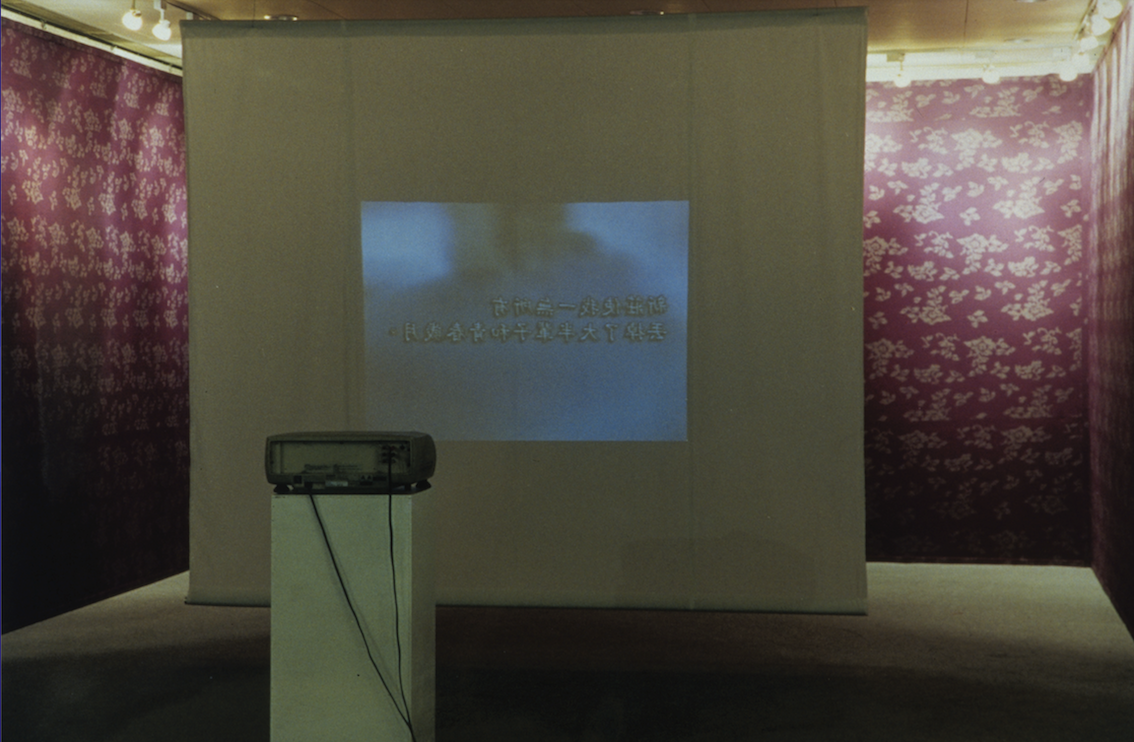 《新荘の女の物語》1997年、ヴィデオ・インスタレーション
《新荘の女の物語》1997年、ヴィデオ・インスタレーション
Stories of Women from Hsin-Chuang, 1997, Video installation (color and audio)
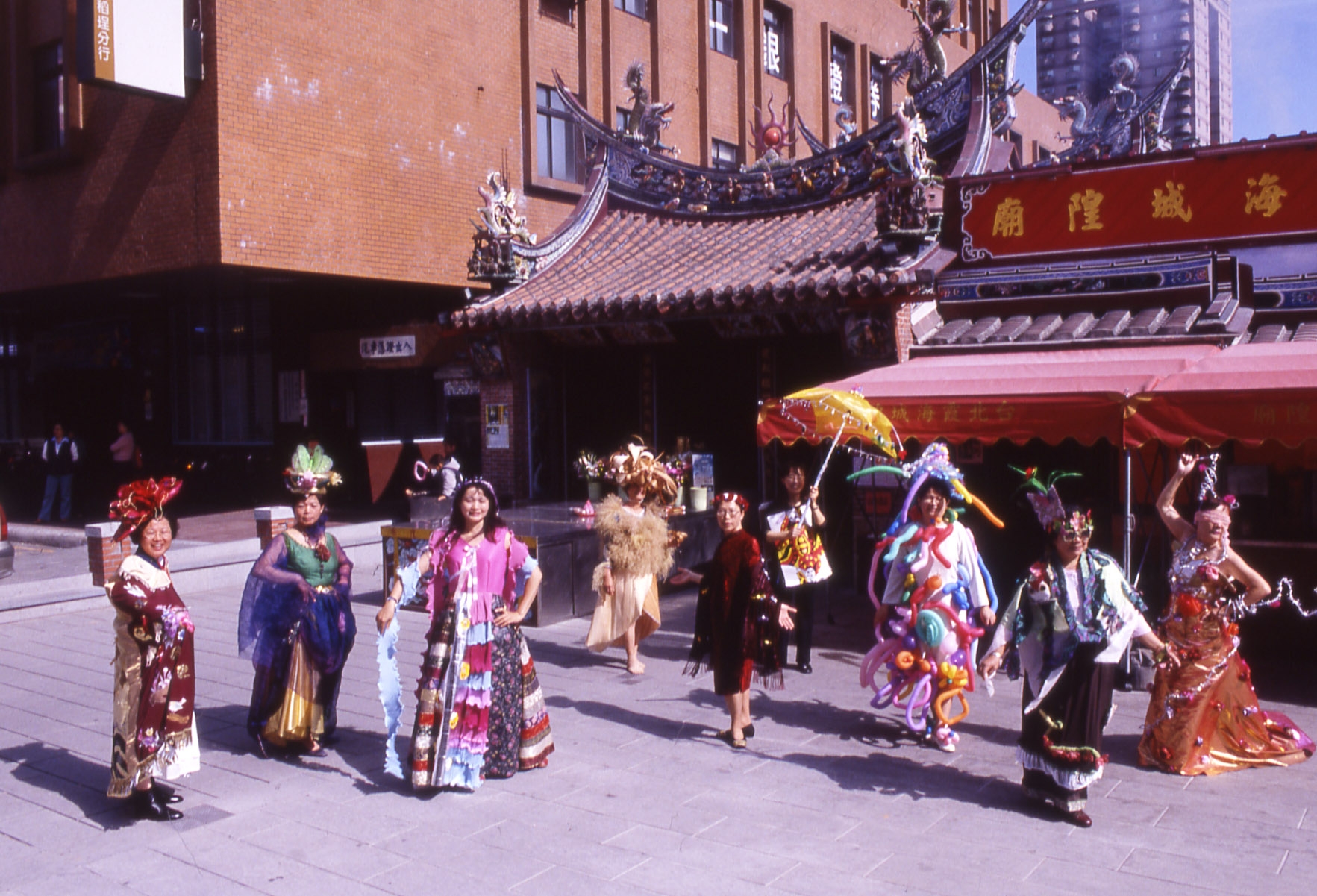 《皇后の新しい服》2004年。主婦たちと布で遊び、最終的に思い思いのドレスを作るワークショップとその記録で構成されるコミュニティ・プロジェクト
《皇后の新しい服》2004年。主婦たちと布で遊び、最終的に思い思いのドレスを作るワークショップとその記録で構成されるコミュニティ・プロジェクト
Empress’ New Dresses, 2004. Community project consisting of workshops and documentation of workshops in which housewives play with fabrics and eventually make dresses as they wish.
 「旗津キッチン」の一つ「旗津の滋味」プロジェクト下で行われた《旗津本事》という名のパフォーマンスの様子、2020年、高雄市
「旗津キッチン」の一つ「旗津の滋味」プロジェクト下で行われた《旗津本事》という名のパフォーマンスの様子、2020年、高雄市
CIJIN PÚN-SŪ, lecture performance took place as part of Taste of Cijin project, 2020,Kaohsiung
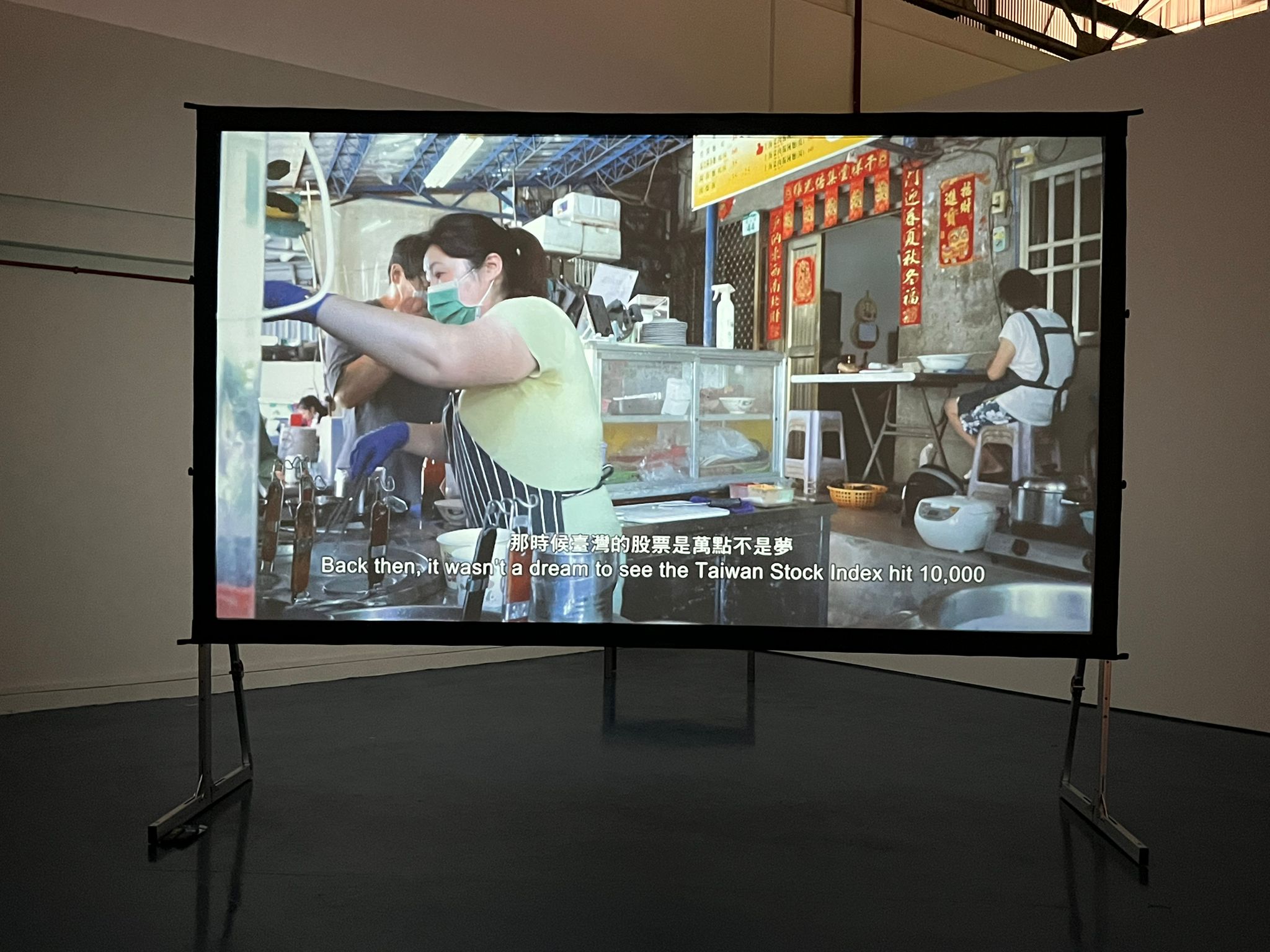 《旗津本事:旗津の帝国の滋味》2022年、シングル・チャンネル・ヴィデオ、音声、18分、「シンガポール・ビエンナーレ2022」におけるコミッション作品。
《旗津本事:旗津の帝国の滋味》2022年、シングル・チャンネル・ヴィデオ、音声、18分、「シンガポール・ビエンナーレ2022」におけるコミッション作品。
CIJIN PÚN-SŪ: CIJIN’S TASTE OF EMPIRES , 2022, single channel video, sound, 18 min, Commission work at the Singapore Biennale 2022
参考:ウー・マーリー呉 瑪悧 インタビュー https://asianw-art.com/interview/interview-with-wu-mali/

